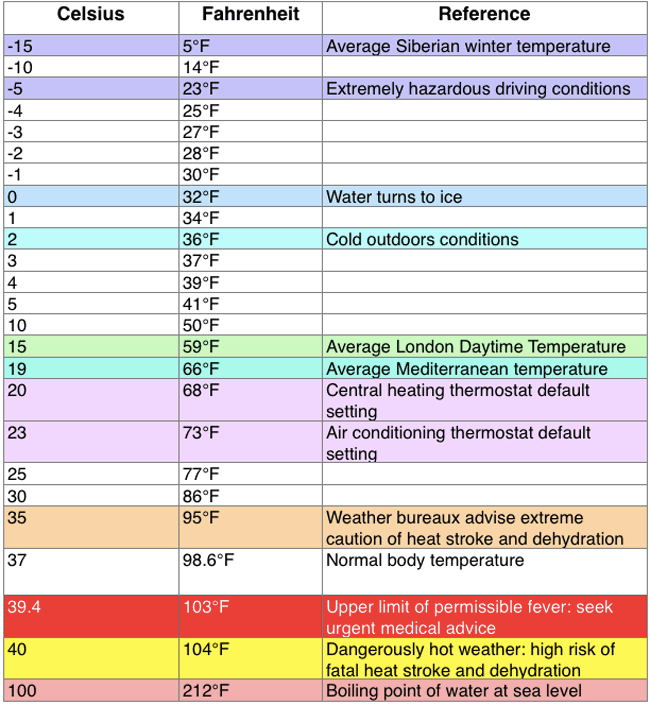What Is 175°F in Celsius? Quick Temperature Conversion
Understanding temperature conversions can seem like a daunting task, especially when juggling between the Fahrenheit and Celsius scales. But let’s embark on this playful challenge! We’ll explore the conversion of 175°F, a temperature often encountered in culinary delights and baking, to its Celsius equivalent. Get ready to flex those mental muscles!
First, let’s grasp the basics of temperature scales. The Fahrenheit scale, commonly used in the United States, defines the freezing point of water as 32°F and the boiling point as 212°F. In contrast, the Celsius scale, which is favored worldwide, marks the freezing point at 0°C and the boiling point at 100°C. The difference between these two metrics forms the crux of our conversion discussions.
Now, what about 175°F? To unveil its Celsius counterpart, you’ll need to master a simple formula. The equation for converting Fahrenheit to Celsius is:
C = (F - 32) × 5/9
Plugging in our temperature, we calculate:
C = (175 - 32) × 5/9
This transforms into:
C = 143 × 5/9
Continuing with the arithmetic, we find:
C ≈ 79.444
Rounded off, we discover that 175°F is approximately 79.4°C. Voilà! You’ve successfully converted a temperature many chefs rely upon when baking delightful treats or preparing mouth-watering dishes.
Now that you’ve cracked this simple code of temperature conversion, let’s delve deeper into why knowing these equivalents can be essential for both culinary ventures and scientific explorations.
Wielding Temperature Knowledge; The Culinary Connection
For culinary enthusiasts, attaining the right temperature is pivotal. Whether you’re roasting chicken to a succulent golden brown or baking the perfect loaf of bread, precision is key. Many recipes, especially those influenced by diverse cultural backgrounds, may utilize Celsius. By understanding how to switch between the two systems, you can unlock thousands of recipes and elevate your culinary creations.
Consider this: many health food standards often provide guidelines in Celsius, especially when discussing food safety. For example, poultry should reach an internal temperature of 75°C (or 165°F) to be deemed safe for consumption. Mastering conversions not only enhances your cooking skills but also ensures that you serve food that is safe and wholesome.
Scientific Significance; More than Just Cooking
In the pursuit of knowledge—be it in the kitchen or the laboratory—the ability to conduct temperature conversions opens doors to both delicious recipes and critical scientific insights. So, the next time someone asks, “What is 175°F in Celsius?” not only will you have the answer, but you’ll be prepared to dive deeper into the fascinating interplay of temperature, safety, and culture.
In conclusion, while the journey of converting temperatures between Fahrenheit and Celsius may initially seem intricate, it becomes a gratifying endeavor with practice. So don’t shy away from the numbers; embrace them zealously. Happy converting!
You May Also Like
Best Fish to Catch in Australia: A Guide for Anglers
Australia boasts an extraordinary diversity of fish species, making it …
Emily Bay Norfolk Island: A Hidden Gem in the Pacific
Emily Bay, a picturesque enclave nestled on the sun-kissed shores of …
Holidays on August 23: Global Festivities & Observances
August 23 is a date that carries a bouquet of cultural significance …





